“Well for a long time, as a thing is being made, you cannot tell whether it is growing or dying.”
— from "The Ravickians" by Renee Gladman
"Pointing back to the sentence as a living, breathing structure, moving as you move, changing, changing you."
— Renee Gladman, in conversation with Kate Briggs
"When I was about a third into writing Calamities, which I often refer to as a collection of “essay-fictions,” I realized something amazing was being offered to me: the experience of exploring a kind of directionlessness within a space built upon knowing where you’re going and what you want to say, on having an argument. And it wasn’t a directionlessness that meant I was lost; rather it meant I was wandering, meandering, allowing myself to spiral (get dizzy), to see where I ended up. It was fascinating to do this in language, where you’re still trying to carry meaning, to sustain some type of legibility."
— Renee Gladman, in conversation with Kate Briggs
Created from carbon paper, a tool used in drafting, Maksud’s drawings are situated in the middle of a process—unfixed, open to edits, but full of possibility. She is not afraid to linger in a place of unknowing. She describes her process as, “denoting things that you haven’t encountered yet, but knowing that you will.”
— Jordan Jones on Keli Safia Maksud's 2024 exhibition, "worried notes"
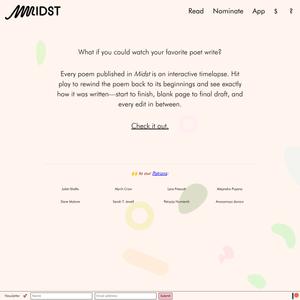
"A text itself is never finished. Each time we read something new, we're either annotating on the page or annotating in our brain and we're creating what literally are new texts.
(...)
The text is there, not to offer us a final meaning, but it's actually there as an invitation."
— Kameelah Janan Rasheed
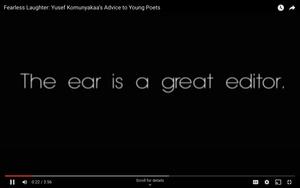
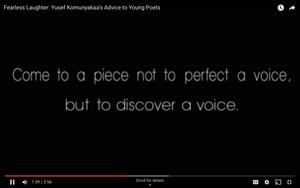
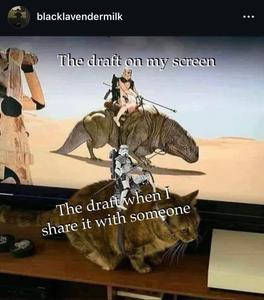
“the process of making is always in-between-things. We live in a time that is between the past and the future, so the present is a time only in-between. It exists because we have at least an understanding of the fact that something went before and something will come after. I mean, there’s interesting discussions on how long the present actually lasts, but also, when we talk about the present, what we find ourselves being attentive to is that it exists in- between. Actually, a lot of things exist in-between—in-between people, in-between moments. So, it’s not the thing in itself; it’s what is around it.”
— Monica Narula
perhaps we write toward what we will become from where we are
I am attracted to ellipsis, to the unsaid, to suggestion, to eloquent, deliberate silence. The unsaid, for me, exerts great power: often I wish an entire poem could be made in this vocabulary. It is analogous to the unseen; for example, to the power of ruins, to works of art either damaged or incomplete. Such works inevitably allude to larger contexts; they haunt because they are not whole, though wholeness is implied: another time, a world in which they were whole, or were to have been whole, is implied. There is no moment in which their first home is felt to be the museum.
| Louise Glück, "Disruption, Hesitation, Silence", in American Poetry Review, Vol. XXII, No. 5 (1993), p. 30
"But 'getting lost' still takes us somewhere; and being lost is a way of inhabiting a space by registering that it's not familiar: being lost can in its turn become a familiar feeling."
- Sara Ahmed, Queer Phenomenology
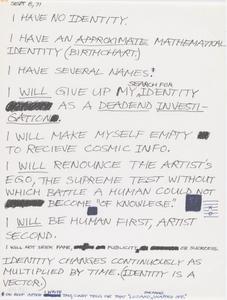
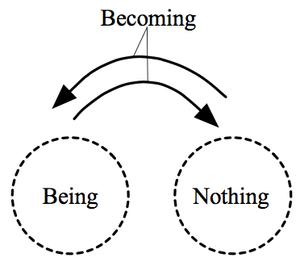
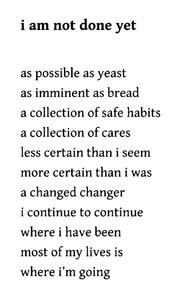
The poet approaches language as if it were a place, an assembly point, where time has no finality, what time itself is encompassed and contained.
i love the pauses, line breaks and empty spaces of a poem on a page, how a poem can say what i can’t say, the way time progresses or goes back or stops in a poem, i love to work with poetry on a page or on a screen or on a towel or in a space
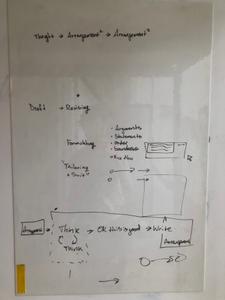
“What is a footnote? It’s a thought trying to escape in another direction.”
— Ted Nelson here
[They] loved footnotes. They knew that the outer surface of truth is not smooth, welling and gathering from paragraph to shapely paragraph, but is encrusted with a rough protective bark of citations, quotations marks, italics, and foreign languages, a whole variorum crust of "ibid.'s" and "compare's" and "see's" that are the shield for the pure flow of argument as it lives for a moment in one mind. They knew the anticipatory pleasure of sensing with peripheral vision, as they turned the page, gray silt of further example and qualification waiting in tiny type at the bottom. (They were aware, more generally, of the usefulness of tiny type in enhancing the glee of reading works of obscure scholarship: typographical density forces you to crouch over the busyness and intricacy of recorded truth.) They liked deciding as they read whether they would bother to consult a certain footnote or not, and whether they would read it in context, or read it before the text it hung from, as an hors...
"If I have overlooked something you hold precious—write it in the margin.” (Derek Jarman, Chroma, 1994)
the strikethrough.
notes in the margins.
arrows pointing between lines, words,
at other-paged thoughts.
